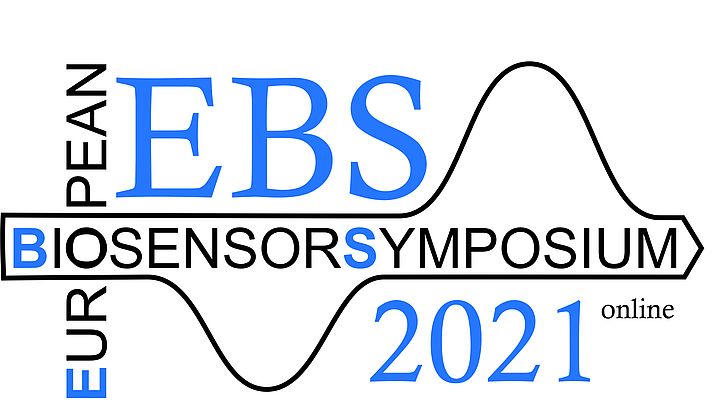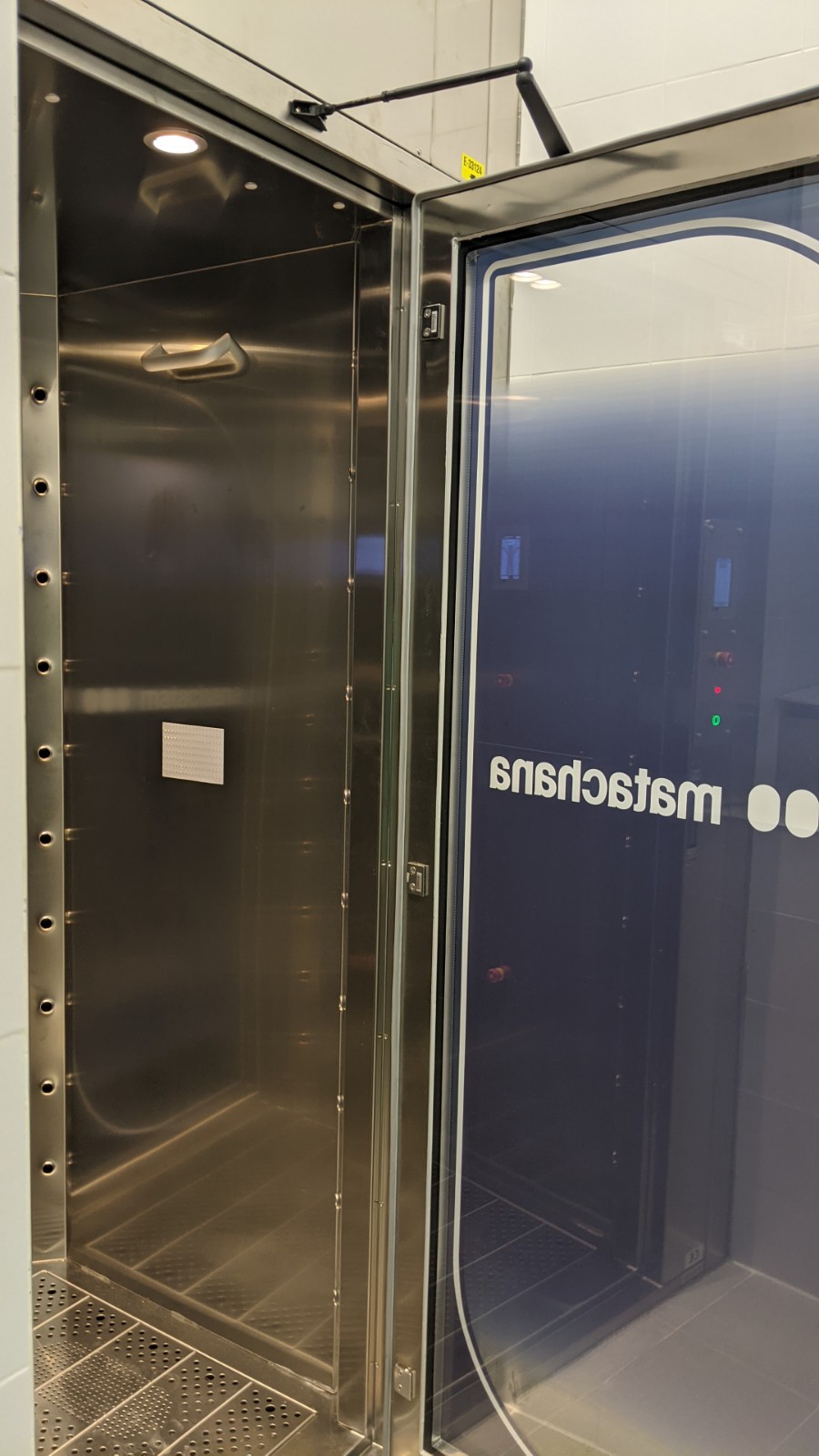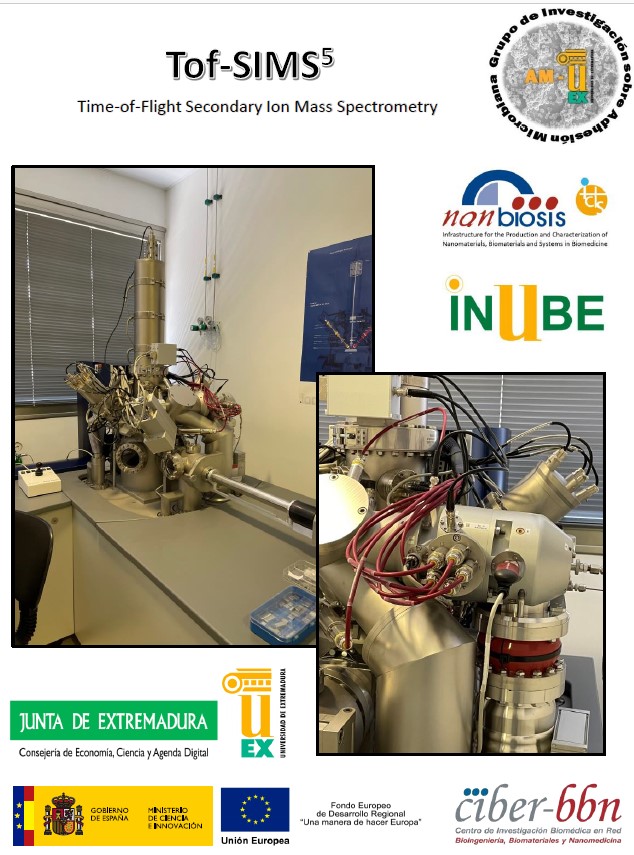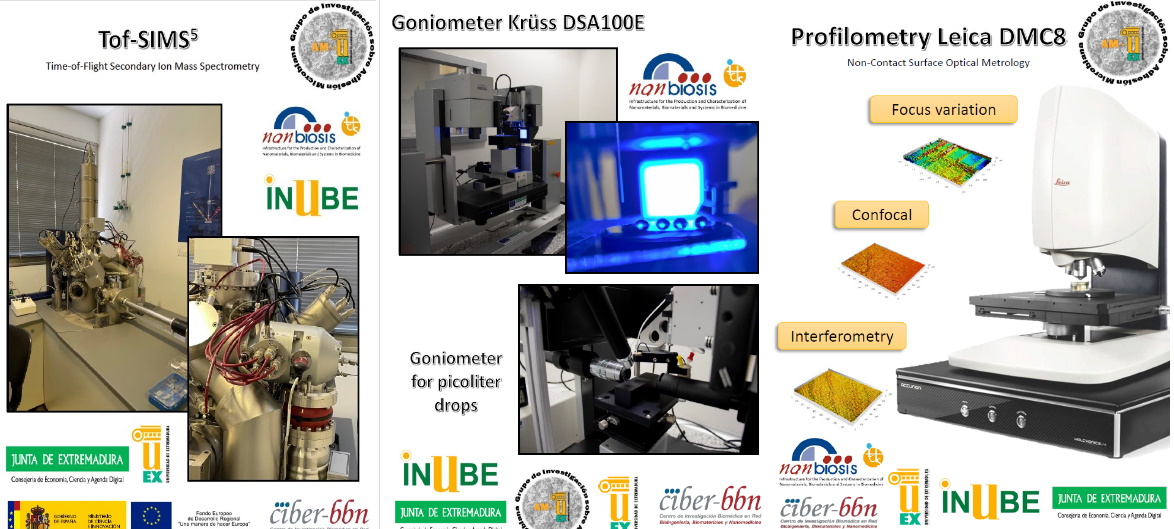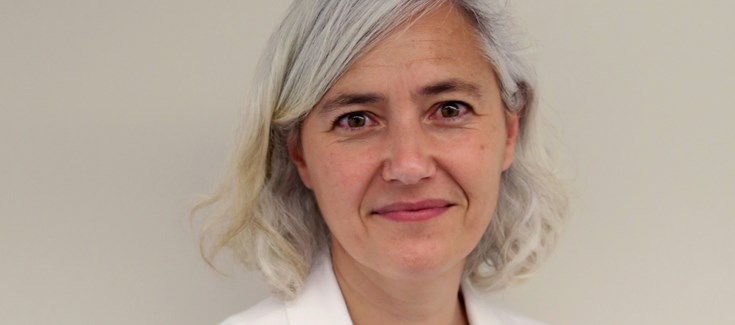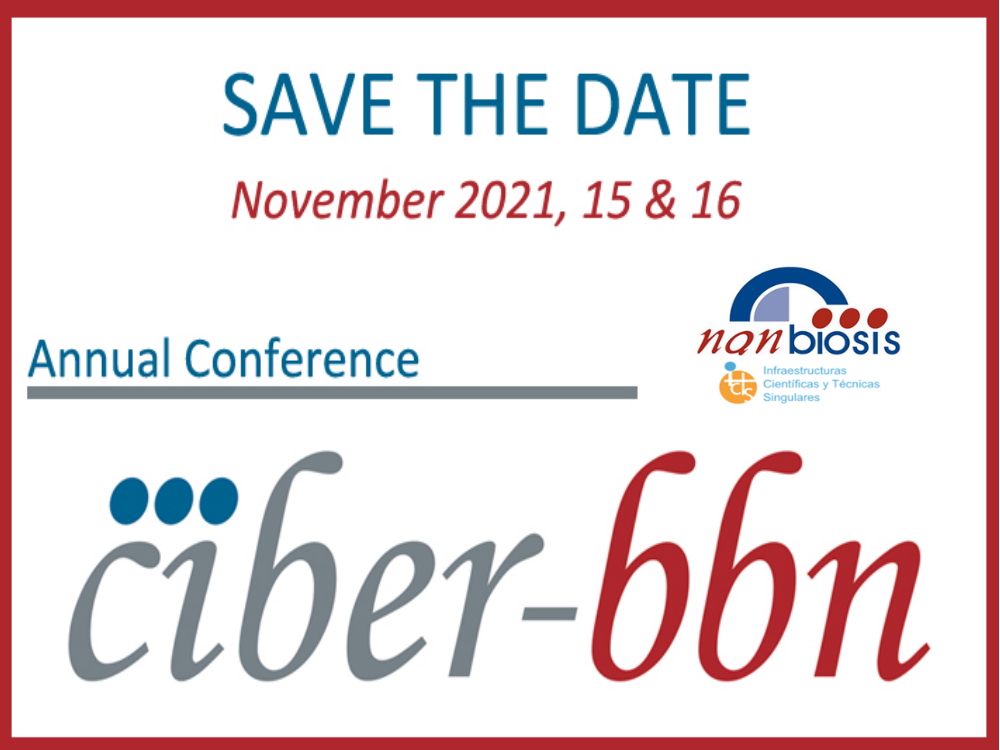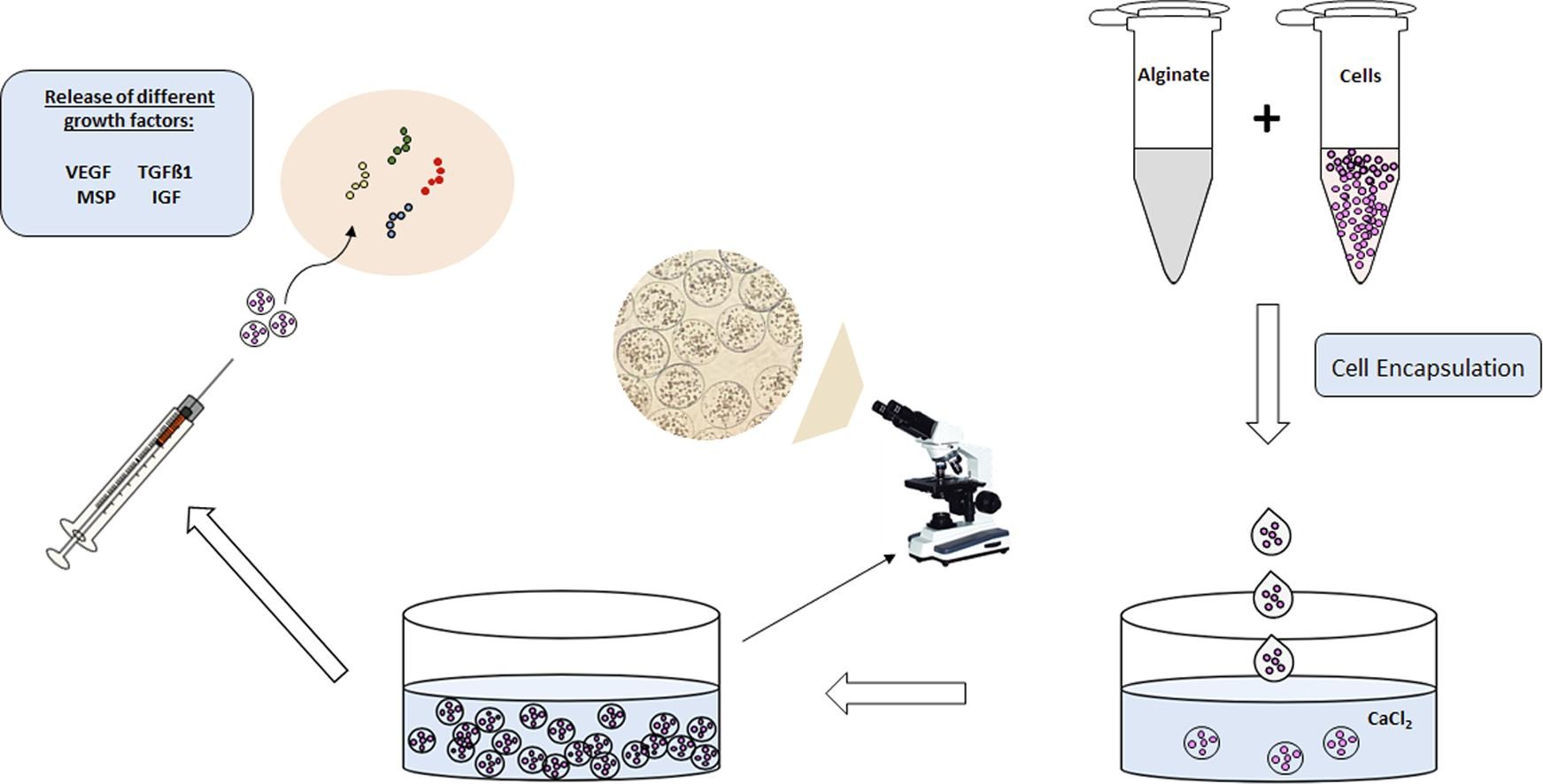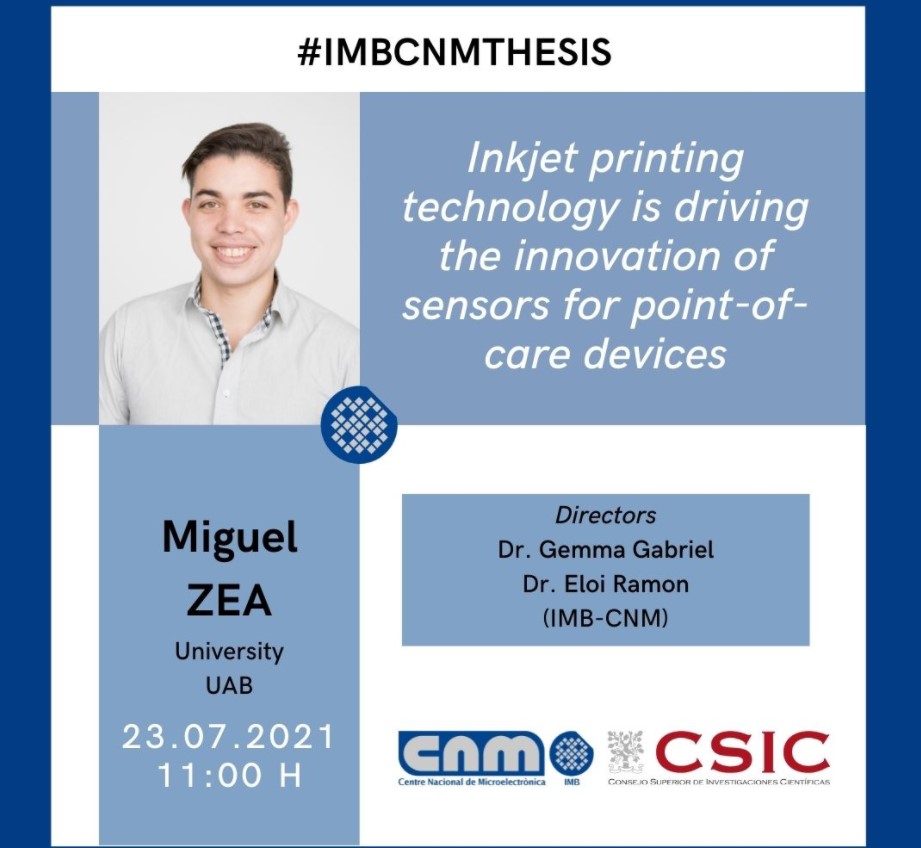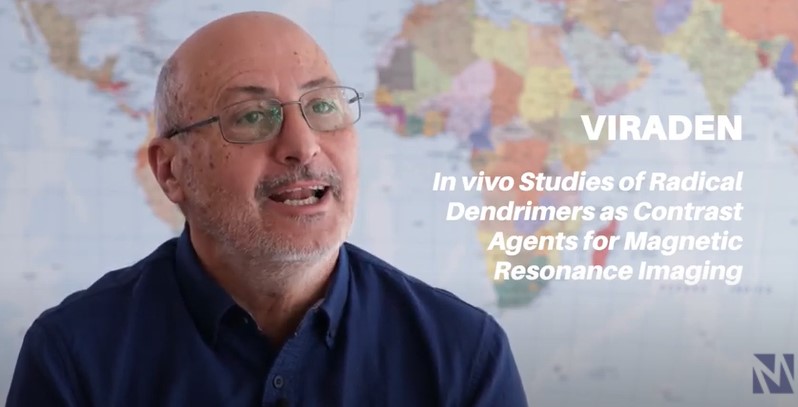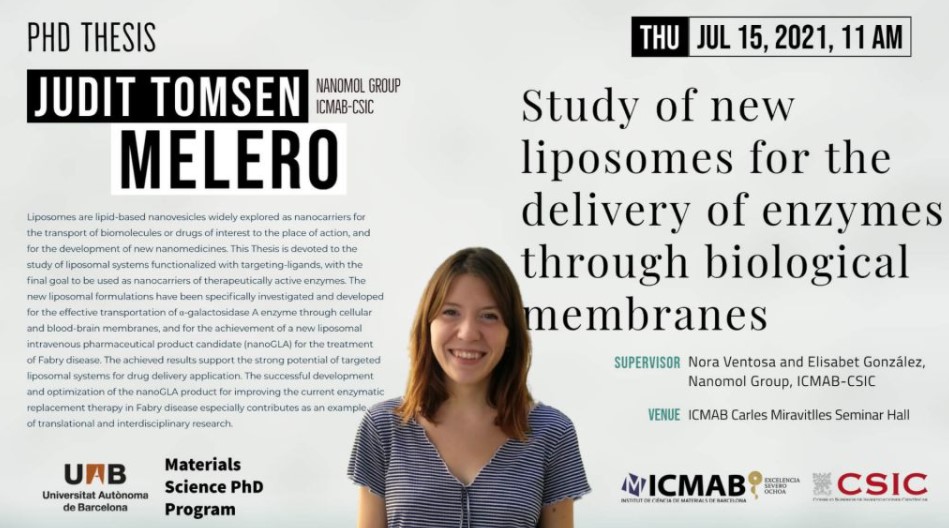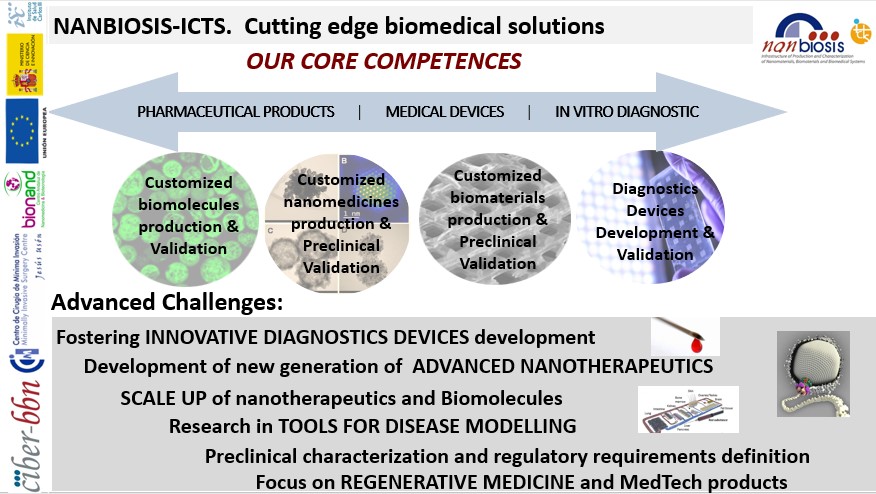European Biosensor Symposium digital seminars, co-organized by Pilar Marco
Pilar Marco, the Scientific Director of NANBIOSIS U2 , Custom Antibody Service (CAbS), and leader of the group Nanobiotechnology for Diagnostics (Nb4D) from CIBER-BBN and IQAC-CSIC, coorganises the European Biosensor Symposium digital seminar series.
The aim of these seminar series is to continue with the purpose of the European Biosensor Symposium, held in March 2021, to allow especially juior reseachers to present their research, exchange ideas and built networds.
The seminars are scheduled on the third Tuesday of every month at 18:00 CET, via zoom. Each of the seminars is organized by a host focussing on a specific topic:
- “Interferometric sensors“, hosted Claudia Pacholski, University of Potsdam, 15th June
- “Emerging biosensor technologies“, hosted by Yi Sun, DTU Health Tech, 17th August
- “Raman – Based Biosensors“, hosted by Dana Cialla May, LEibniz Institute of Photonic Tecnology. 21th September
- “Emerging trends in Bioelectronics“, hosted by Larysa Baraban, Helmholtz Center Dresden, 19th October
- “Nanobodies for Biosensing” hosted by J.Pablo Salvador, CIBER-BBN, 16th November
- “Microbial Biosensors” hosted by Galina Pankratova, DTU Health Tech, 21th December
Each seminar with one invited speaker, three graduate student speaker and up to five graduate student poster presenters.
Registration is free writting an e-mail to the corresponding hots of each session.
